RVs come in all shapes and sizes, right? You’ve got everything from tiny campers to gigantic motorhomes. And guess what? They all gobble up fuel differently.
Smaller RVs, like camper vans, usually get better mileage compared to the big guys since they’re lighter and sometimes have more efficient engines. But that doesn’t mean you can’t cruise in style with a big RV while keeping an eye on the fuel gauge.
Several factors decide how fast your fuel needle dips. For starters, think about the weight of your RV and what you’re carrying around. More weight? Yep, more fuel.
Then there’s the kind of terrain you’re covering. A smooth highway guzzles less fuel than a winding mountain road. And let’s not forget weather conditions. Running the AC during those hot summer days? That’ll sneak a bit more fuel, too.
Before you hit the road, knowing your RV’s average mileage helps in planning your trips better. Doing the math on your RV’s fuel needs might seem daunting at first, but it’s really about tracking how many miles you get per gallon.
Note the distance you travel on a full tank and dive into some basic calculations. Apps can do this for you, too. This way, you can budget for fuel expenses and avoid those ‘uh oh’ moments at the pump.
Smart Planning and Route Optimization
Choosing the right route makes a huge difference when you’re cruising in an RV. It’s not just about getting from Point A to Point B. Taking the most efficient path means saving big on fuel. Instead of jumping straight onto major highways, sometimes scenic routes with fewer stops or smoother roads can be better for your wallet and your scenery-loving eyes.
Thanks to technology, we don’t have to guess the best way to go. Route planning apps are lifesavers. They don’t just give you road directions but can also factor in real-time traffic and road conditions.
By avoiding congestion or steep hills, you can keep fuel consumption steady. Plus, some apps even alert you about the cheapest gas stations that’ll be on your way.
Those long stretches on the road can be tiring, so making strategic use of rest stops is clutch. When you take planned breaks, you prevent unnecessary driving around looking for spots to pull over later.
Plus, stopping for a few minutes lets your engine cool down, which can help with fuel efficiency in the long run. A well-planned trip also means less stress and more time to enjoy the journey.
Maintaining Your RV for Better Fuel Efficiency
Keeping your RV in top shape isn’t just for looking good on the road. It’s key to managing fuel consumption, too. Regular check-ups mean no surprises that’ll cost you more at the pump. A well-maintained RV just runs smoother, burning fuel more efficiently.
One of the simplest yet most effective tricks? Keep those tires pumped up just right. Low tire pressure can actually make your engine work harder, chewing through more fuel. It’s easy to overlook, but a quick check before hitting the road can save both fuel and frustration.
Don’t forget to give your RV’s vital components some love. Regularly check oil levels and change them as needed because old or wrong oil can affect your engine’s efficiency. Keeping your filters clean also gives your engine the clean air it needs to run efficiently, saving you fuel.
Lastly, pay attention to what kind of fuel you’re using. While it might be tempting to go for the cheapest option, using the recommended fuel for your engine is a better bet for overall performance and fuel efficiency. A bit of care can go a long way in keeping that fuel gauge stable.
Driving Techniques That Save Fuel
One of the best ways to stretch your fuel is by adopting some smart driving habits. Keeping a consistent speed is key. Rapid acceleration or frequent braking is just spending extra fuel for no good reason. Smooth and steady wins the race in this case.
Idling is another fuel burner you can easily avoid. If you’re stopping for a few minutes, think about turning off the engine. Modern RVs and tow vehicles use less fuel restarting than they do idling for a long period. So, by shutting down when parked, you’re actually doing your wallet a favor.
Cruise control can be your best friend on those long highway stretches. By maintaining a steady pace, you minimize unnecessary fuel use from constant speed changes. However, remember it’s best used on flat terrains as hilly roads require more manual control to prevent overworking your engine.
Lastly, anticipate what’s ahead on the road. If you see a red light or a stop sign, start slowing down early. Not only does this enable a smoother ride, but it also saves those precious drops of fuel otherwise wasted in sudden stops.
Innovative Fuel-Saving Gadgets and Modifications
Fuel-efficient gadgets are popping up everywhere, helping you get more out of every gallon. Some techy tools can monitor your driving style and offer tips to improve efficiency. These handy devices connect to your RV’s system and provide real-time feedback on things like speed and fuel usage.
Aerodynamic improvements might sound fancy, but they’re really about reducing drag and helping your RV glide smoothly, even at higher speeds. Things like wind deflectors or streamlined mirrors can make a noticeable difference by cutting down resistance, which in turn saves fuel.
Engine modifications might be worth considering if you’re really committed to trimming those fuel bills. Aftermarket parts like performance air filters or fuel injection systems can enhance efficiency. Consult with a professional to ensure these tweaks are compatible with your RV and won’t void warranties.
Let’s not overlook simple aftermarket tire enhancements, like low-rolling-resistance tires, that actually help reduce friction with the road. Less friction means less fuel burned in the long run, all while maintaining a smooth ride.
Frugal Fuel Purchasing Strategies
Strategizing your fuel purchases can make a big difference in how much you spend. Timing is everything. Filling up early in the day or before weekends can often get you better prices since some stations tend to hike them later in the day or during peak travel times.
Pam and I love the TSD/Open Roads fuel program! We save thirty cents to a dollar, or sometimes more, on diesel fuel around the US. If you want to check out the program, click here! We would appreciate it if, in the referral area, you use my name, Howard Jaros! It gives us a few extra dollars in our account.
Loyalty programs and discount apps are a traveler’s best companion. Many gas stations offer loyalty cards that help earn rewards or discounts. Plus, loading up on apps that compare fuel prices on your route saves both time and cash. You’ll know exactly where to get the best bang for your buck.
Considering alternative fuels is another savvy move. While your RV might primarily run on gas or diesel, certain models can use alternative sources like biodiesel, which can be cheaper and more eco-friendly. Checking availability along your planned route is key if you’re thinking about making the switch.
By staying aware and flexible with where and how you fill up, those savings can add up, leaving more room in the budget for adventures on the road.
__________________________________________________________
To learn more about us, click here.
Please feel free to ask a question or leave a comment before you read other articles on our website.
Pam and I hope that while you enjoy the RV lifestyle, you also run an online business from your RV! We do!!
With great RV connectivity, as discussed on this website, you can easily make money while traveling to whatever destination you desire.
Would you like to create an income while enjoying RV travel? Is there something that you are passionate about? You can create an online business that you can run anywhere. I can help you do that!
CREATE AN ONLINE BUSINESS FROM SOMETHING YOU LOVE TO DO!

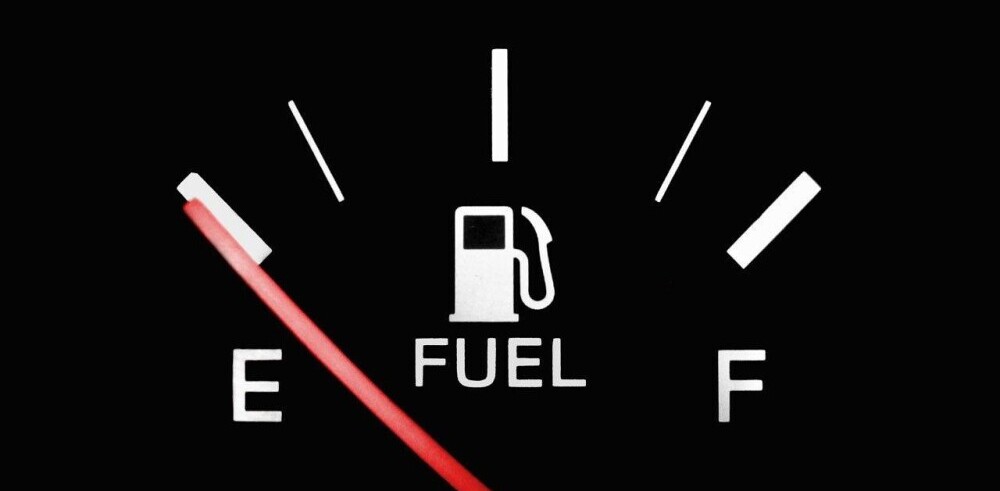
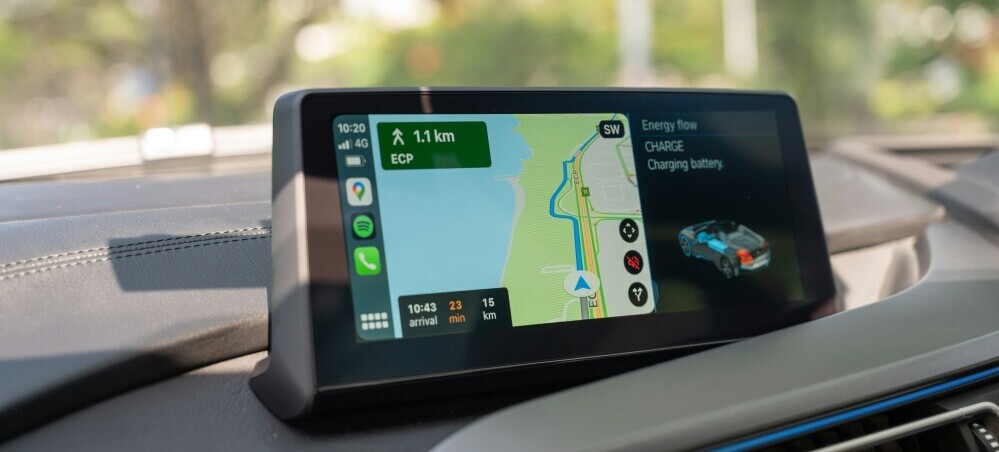

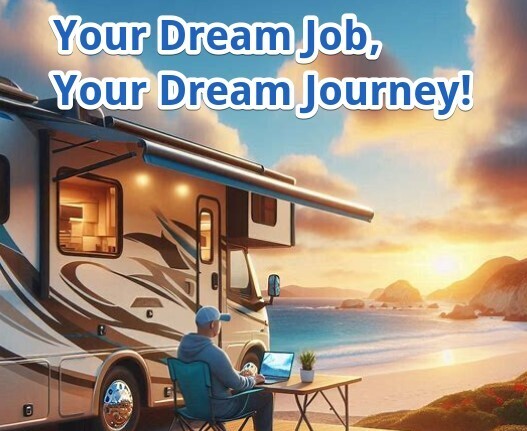

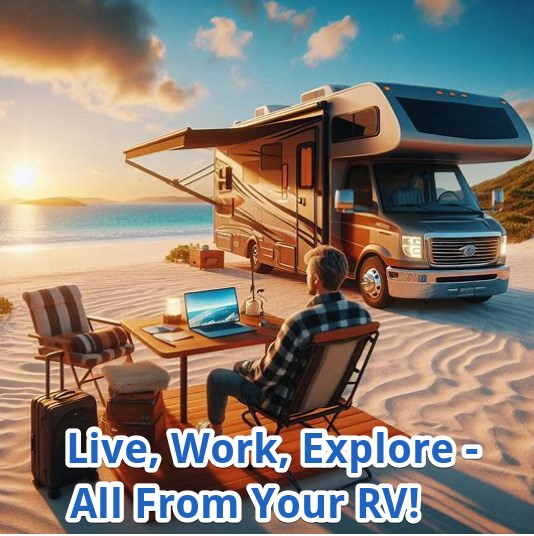
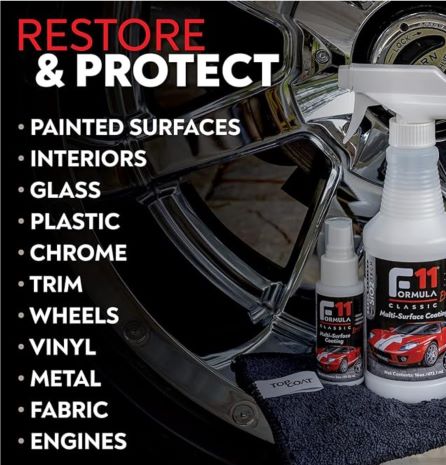
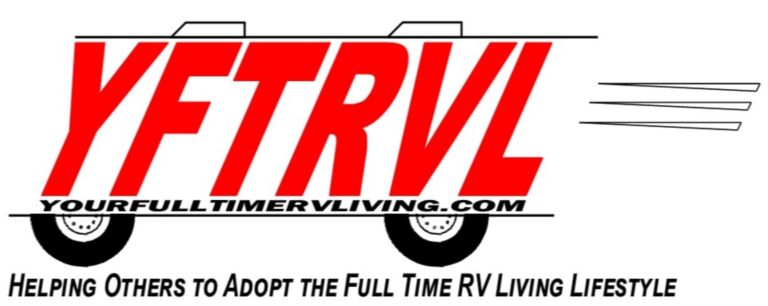



Recent Comments